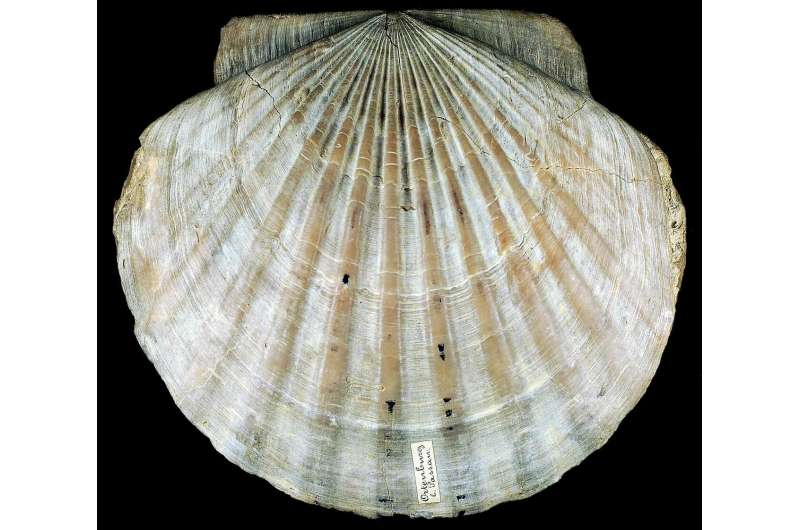Bivalves reveal big picture of climate change

Climate change has always left its footprint on land and in the seas where bivalves such as mussels, scallops, oysters have lived for millions of years. Their limited mobility has been to their disadvantage resulting in most of them dying in the on-site whenever major unpleasant changes occurred in their environment...
"The upside of this is that their way of living resulted in a rich fossil record that informs us about the extinction rate of marine invertebrates when faced with climate change. And as these lineages have been around millions upon millions of years, they have certainly experienced a lot of extinctions," says Dr. Shan Huang, researcher at the German Senckenberg Biodiversity and Climate Research Centre.
Huang worked with her collaborators from the University of Chicago and the University of University of California, San Diego to investigate 1,500 bivalve genera that occurred or still occur in shallow sea (< 200 meter deep) during the Cenozoic which roughly covers the last 66 million years. They compared the temporal dynamics of extinction intensity and the pattern of ocean temperature as well as its change at different time scales.
It turned out, that the extinctions of bivalves in the Cenozoic were mostly related to how fast climatic changed. "We saw two patterns. If the temperature changed rapidly during a geologic time bin (i.e. stages, mostly spanning around 2 million years), more bivalve genera went extinct. In addition, climate change at a larger time scale also played a role. More bivalves went extinct when temperature changed more from one to the next time bin," explains Huang.
In-detail analyses also show that consequences of climate change were quite different according to what region the bivalve species inhabited. Climate changes during the last 66 million years hit the bivalve genera nearer the poles the hardest. This has resulted in today's situation where the number of bivalve (and many other) species in high latitudes is much lower than those found the tropics.
In sum the study suggests that rapid temperature change may lead to higher extinction rates of biodiversity. Most at risk would be genera which live at higher latitudes. However, there is no perfect analog in the past for today's oceans which have been impacted heavily by human activity and suffer from pollution and overfishing
"Also the ups and downs of bivalve species richness during the Cenozoic cannot be explained by climate change alone; other forces must have been at work as well. More in-depth comparative paleontological research is needed to make better predictions of how the ongoing climate change will impact bivalve and other marine species with no or little mobility in general," concludes Huang.
More information: Stewart M Edie et al. Loss of Biodiversity Dimensions through Shifting Climates and Ancient Mass Extinctions, Integrative and Comparative Biology (2018). DOI: 10.1093/icb/icy111





















